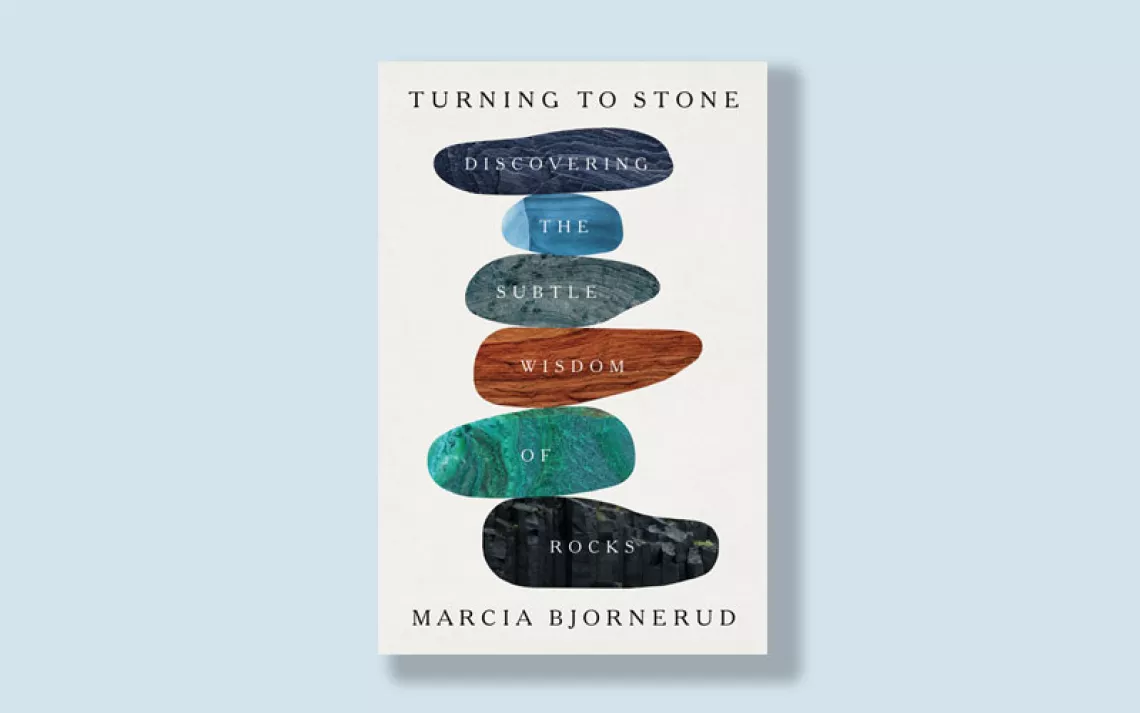Gators in the Sewer, Snakes in the Sky

Eye of Newt and Toe of Frog, Adder’s Fork and Lizard’s Leg: The Lore and Mythology of Amphibians and Reptiles by Marty Crump, University of Chicago Press (November, 2015)
The Chinese see a frog, rather than a man, in the moon. Aborigines believe when the rainbow serpent slithered across the earth, she brought rain and creation. It was a snake that tempted Eve and the tortoise that beat the hare to the finish line. Reptiles and amphibians are pervasive in cultures across the globe, but are seldom anyone’s favorite animal, save the scientists who study them. Even the word 'reptile' is unappealing: it comes from the Latin word reptilis, which means creeping, crawling animal.
With an estimated 30 percent of amphibians and 20 percent of reptiles vulnerable to extinction, Marty Crump, herpetologist of 45 years, comes to the defense of her favorite animals in Eye of Newt and Toe of Frog, Adder’s Fork and Lizard’s Leg: The Lore and Mythology of Amphibians and Reptiles. More research paper than coffee table book, Crump’s work is nothing if not comprehensive. It summarizes nearly every folk tale and legend concerning reptiles or amphibians. World-wide. Since pre-history. But between stories of snakes disguised as brides and rain-bringing frogs, Crump unearths how myth shapes our perception of the scaly and the slimy—and how our perceptions stand in the way of conservation.

Sign up to receive Sierra News & Views
Get articles like this one sent directly to your inbox weekly.
With this action you affirm you want to receive Sierra Club communications and may vote on policy designated by the Sierra Club Board.
“Perhaps we simply don’t care [about reptiles] because we lack a strong bond with our surroundings,” she writes. “Many of us don’t live in our ancestral homelands, and we are not exposed to our ancestral folklore.”
Balancing cultural respect with tempered scientific thought, Crump examines legends—like why gharial noses are considered an aphrodisiac—while assuring her readers that there is no need to go on any crocodilian crusades in order to spice things up in the bedroom. Her commentary is an ethical push and pull—should scientists contradict the fear spread by myth in order to conserve persecuted reptiles and amphibians? Do animals with little utility for humans have an innate right to survive? Crump’s definitive answer: a world without reptiles and amphibians would deprive us of part of our own history and culture, regardless of the creatures’ scientific importance.
Despite the academic tone, Eye of Newt brings thousands of years of lore into the fight against extinction. Read a chapter here and there, and look up your favorite creepy crawly in the index. Or, look up one you loathe. You'll see it in a new light and find a respect for it that you didn't know you had.
 The Magazine of The Sierra Club
The Magazine of The Sierra Club



